Chocolate cichlid - Hypselecara temporalis
Scientific name: Hypselecara temporalis
Common name: Chocolate cichlid
Family: Cichlidae
Usual size in fish tanks: 26 - 30 cm (10.24 - 11.81 inch)
014
Recommended pH range: 6.4 - 7.3
Recommended water hardness: 6 - 16°N (107.14 - 285.71ppm)
0°C 32°F30°C 86°F
Recommended temperature range: 25 - 29 °C (77 - 84.2°F)
The way how these fish reproduce: Spawning
Where the species comes from: South America
Temperament to its own species: peaceful
Temperament toward other fish species: peaceful
Usual place in the tank: Middle levels
Origin
The Chocolate Cichlid (Hypselecara temporalis) is native to South America, where it inhabits the slow-moving rivers, streams, and floodplain lakes of the Amazon River Basin. These waters are typically soft, slightly acidic, and shaded by dense vegetation. The natural habitat is filled with submerged roots, branches, and leaf litter, creating a rich environment for the cichlids to hide, forage, and breed. In the aquarium, it’s important to replicate these conditions to keep them healthy and stress-free.
Lifespan
With proper care, Chocolate Cichlids can live up to 12 years in captivity. Their lifespan can be influenced by various factors, including water quality, diet, tank size, and stress levels. Providing a stable and spacious environment with high water quality will help maximize their longevity.
Short Description
The Chocolate Cichlid is a peaceful and relatively large cichlid, reaching an impressive size of 26-30 cm (10.24-11.81 inches) in captivity. Known for their dark brown coloration, they can exhibit hints of green, red, and gold depending on their mood and environment. This species has a rounded body with a prominent forehead, giving them a distinctive look. Due to their size, they require a spacious tank of at least 200 liters (53 gallons) or larger. Unlike some other cichlids, they are relatively calm and can be housed with other peaceful species of similar size. Their peaceful temperament, however, does not mean they are suitable for beginners; Chocolate Cichlids require precise water conditions and a carefully maintained habitat.
General Care
Chocolate Cichlids are relatively peaceful, but they still require ample space to establish territories. A minimum tank size of 200 liters (53 gallons) is recommended for a single specimen, but a larger tank of 300 liters (80 gallons) or more is ideal if you plan to keep multiple individuals or other tankmates. Provide a sandy substrate to mimic their natural habitat and prevent food particles from getting trapped and decaying.
They thrive in a well-structured tank environment filled with hiding spots, such as rocks like slate, lava rock, and river stones, driftwood, and caves. Despite their size, Chocolate Cichlids are not known for rearranging tank décor, so adding live plants like Amazon Swords or Java Fern is possible. They prefer a tank setup that mimics their natural environment, with slow water flow, dim lighting, and ample cover.
Maintain the water temperature between 25-29°C (77-84.2°F) and a pH range of 6.4-7.3. The water hardness should be kept between 6-16°N (107.14 - 285.71 ppm). As they produce a significant amount of waste, a high-quality filtration system is necessary to maintain water quality. Perform regular water changes, ideally 20-30% weekly, to keep ammonia, nitrite, and nitrate levels in check.
Compatible Tankmates
Chocolate Cichlids are known for their peaceful temperament toward both their own species and other fish. However, they should be housed with other similarly sized, peaceful species to prevent bullying and stress. Suitable tankmates include:
- Severum Cichlid (Heros efasciatus)
- Uaru Cichlid (Uaru amphiacanthoides)
- Silver Dollar Fish (Metynnis hypsauchen)
- Firemouth Cichlid (Thorichthys meeki)
Bottom dwellers like Lace Catfish can also be good tankmates, as Chocolate Cichlids generally stay in the middle levels of the tank and do not disturb other peaceful bottom-dwelling fish. Always provide enough hiding places to reduce stress and territorial disputes.
Food and Feeding
Chocolate Cichlids can be somewhat finicky eaters when first introduced to an aquarium. Initially, they may prefer live foods like crickets or flies, but it is crucial to gradually introduce other food types to ensure a balanced diet. Use high-quality cichlid pellets or flakes as their staple diet. Supplement with live or frozen foods like bloodworms, brine shrimp, and chopped earthworms. Incorporate vegetable matter, such as spinach, peas, or spirulina flakes, to enhance their coloration and overall health.
Feed them 2-3 times daily in small portions to prevent overfeeding and maintain water quality. Remove any uneaten food promptly to avoid contamination of the water.
Sexing
Sexing Chocolate Cichlids can be challenging. Generally, males are larger than females and may develop a nuchal hump on their forehead as they mature. During the breeding season, males may exhibit more intense coloration and territorial behavior, which can help differentiate them from females.
Breeding
Breeding Chocolate Cichlids is relatively straightforward but requires a well-prepared tank. Provide flat rocks or slate as spawning sites. Both parents will clean the selected area before laying eggs. The eggs are usually laid in a pit dug by the pair and will be guarded closely by both parents.
Chocolate Cichlids are attentive parents and may move the eggs to different rocks until they hatch, typically in 3-4 days. Once the fry become free-swimming, feed them newly hatched brine shrimp or finely crushed flake food. Initially, keep the lighting dim and avoid startling the parents to prevent them from eating the eggs. As they become experienced breeders, they will be less likely to be startled and will feel more comfortable raising their young.
Health and Disease Prevention
Chocolate Cichlids are generally hardy but can be susceptible to common cichlid diseases like ich and fin rot if water quality is not maintained. Watch for signs of stress, such as loss of coloration or erratic swimming. To prevent diseases, maintain a regular cleaning schedule, monitor water parameters, and perform weekly water changes. A varied diet also helps bolster their immune system and overall health.
Conclusion
The Chocolate Cichlid is a stunning and peaceful addition to larger aquariums, ideal for aquarists who can meet their specific care needs. By providing a spacious tank, suitable tankmates, a varied diet, and stable water conditions, you can help these fascinating cichlids thrive and display their natural behaviors in captivity.
Picture
Bought by aqua-fish.net from jjphoto.dk.
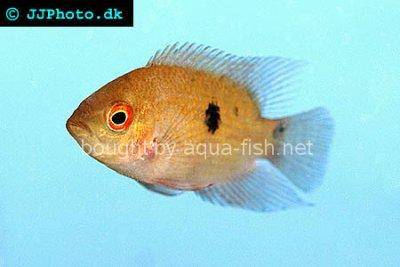

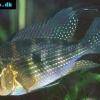 Thread-finned
Thread-finned 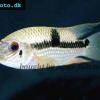 Acara
Acara 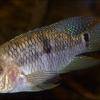 Yellow
Yellow 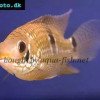 Patrick's
Patrick's 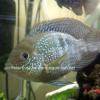 Blue
Blue 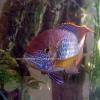 Green
Green 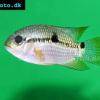 Acara
Acara 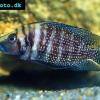 White
White 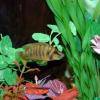 Compressed
Compressed 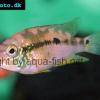 Pastel
Pastel 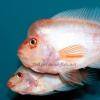 Midas
Midas 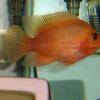 Red
Red 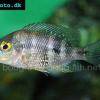 Bluemouth
Bluemouth 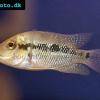 False
False 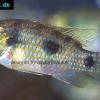 African
African 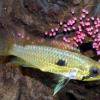 Agassiz's
Agassiz's 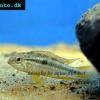 Banded
Banded 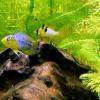 Yellow
Yellow 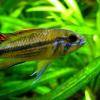 Cockatoo
Cockatoo 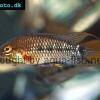 Blue
Blue  Blackstripe
Blackstripe 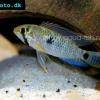 Highfin
Highfin 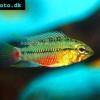 Redstripe
Redstripe 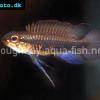 Threadfinned
Threadfinned 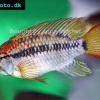 Macmaster’s
Macmaster’s 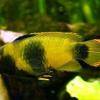 Panda
Panda 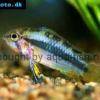 Norbert’s
Norbert’s 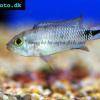 Blue
Blue 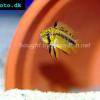 Thin-line
Thin-line 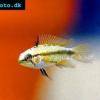 Three-striped
Three-striped 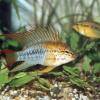 Viejita
Viejita 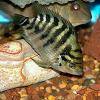 Flier
Flier 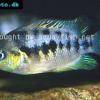 Archocentrus
Archocentrus 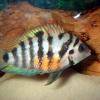 Convict
Convict 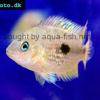 Seven
Seven 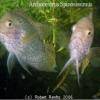 Spiny
Spiny 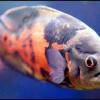 Oscar
Oscar 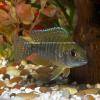 Sunshine
Sunshine 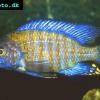 Chitande
Chitande 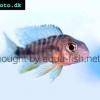 Firebird
Firebird 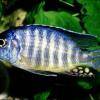 Midnight
Midnight 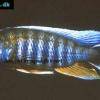 Lake
Lake 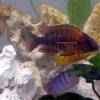 Sunshine
Sunshine 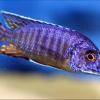 Aulonocara
Aulonocara 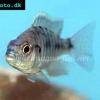 Nyasa
Nyasa 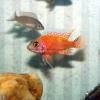 Ruby
Ruby 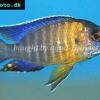 Grants
Grants 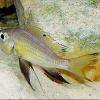 Aulonocranus
Aulonocranus 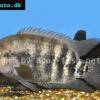 Chameleon
Chameleon 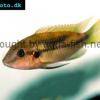 Benitochromis
Benitochromis 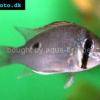 Orinoco
Orinoco 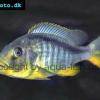 Yellow
Yellow 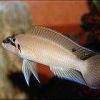 Brichard’s
Brichard’s 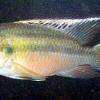 Guenther’s
Guenther’s 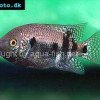 Southern
Southern 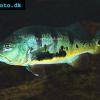 Cichla
Cichla 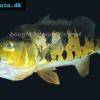 Peacock
Peacock 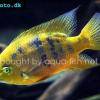 Chiseltooth
Chiseltooth 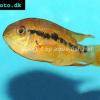 Bolivian
Bolivian 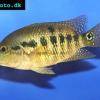 Red
Red 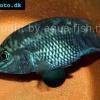 Many-pointed
Many-pointed 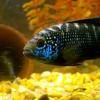 Jack
Jack 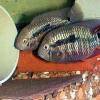 Red
Red 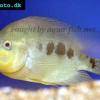 Three
Three 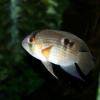 Keyhole
Keyhole 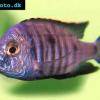 Azureus
Azureus 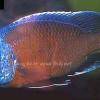 Red
Red 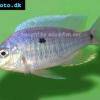 Jackson’s
Jackson’s 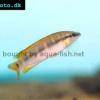 Crenicichla
Crenicichla 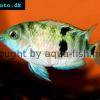 Honduran
Honduran 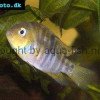 Blue-eye
Blue-eye 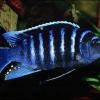 Afra
Afra 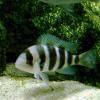 Frontosa
Frontosa 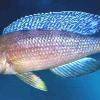 Slender
Slender 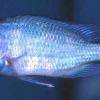 Malawi
Malawi 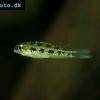 Chequerboard
Chequerboard 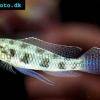 Checkerboard
Checkerboard 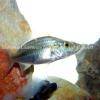 Malawi
Malawi 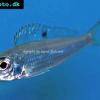 Ectodus
Ectodus 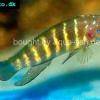 Tanganyika
Tanganyika 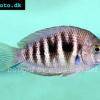 Canara
Canara 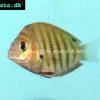 Green
Green 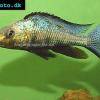 Rostratus
Rostratus 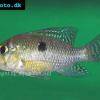 Pearl
Pearl 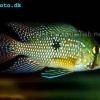 Geophagus
Geophagus 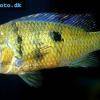 Yellowhump
Yellowhump 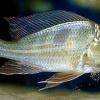 Suriname
Suriname 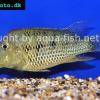 Redhump
Redhump 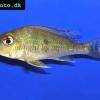 Red
Red 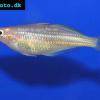 Dority’s
Dority’s 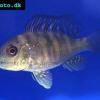 Argentine
Argentine 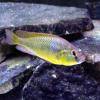 Burton’s
Burton’s 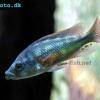 Victoria
Victoria 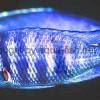 Haplochromis
Haplochromis 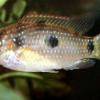 Jewel
Jewel 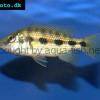 Banded
Banded 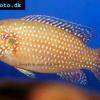 Lifalili
Lifalili 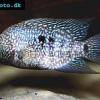 Lowland
Lowland 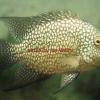 Texas
Texas 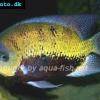 Pantano
Pantano 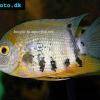 Severum
Severum 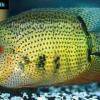 Banded
Banded 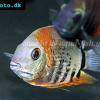 Severum
Severum 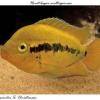 Rainbow
Rainbow 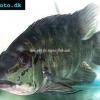 Parrot
Parrot 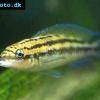 Brown
Brown 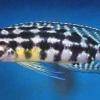 Marlieri
Marlieri 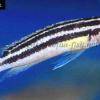 Golden
Golden 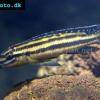 Striped
Striped 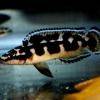 Masked
Masked 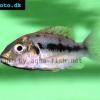 Konye
Konye 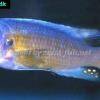 Blue
Blue 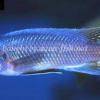 Trewavas
Trewavas 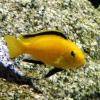 Electric
Electric 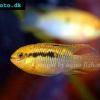 Dwarf
Dwarf 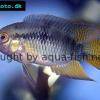 Redbreast
Redbreast 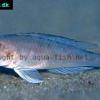 Lamprologus
Lamprologus 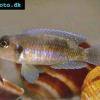 Gold
Gold 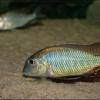 Greenface
Greenface 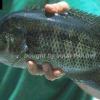 Mayan
Mayan 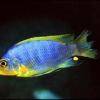 Aurora
Aurora 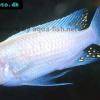 Blue
Blue 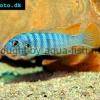 William’s
William’s 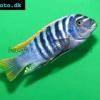 Zebra
Zebra 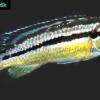 Malawi
Malawi 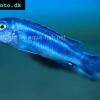 Blue
Blue 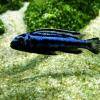 Blue
Blue 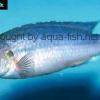 Mbuna
Mbuna 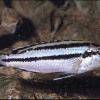 Parallel
Parallel 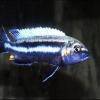 Purple
Purple 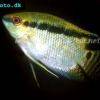 Flag
Flag 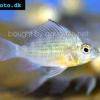 Bolivian
Bolivian 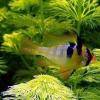 Ram
Ram 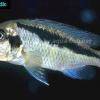 Basket
Basket 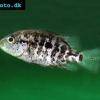 Haitian
Haitian 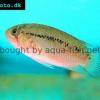 Zebra
Zebra 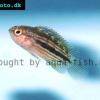 Striped
Striped 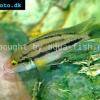 Neolamprologus
Neolamprologus 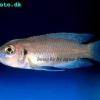 Brevis
Brevis 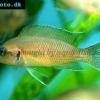 Fairy
Fairy 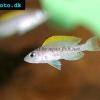 Neolamprologus
Neolamprologus 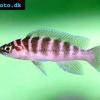 Cylindricus
Cylindricus 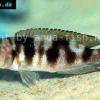 Hecq’s
Hecq’s 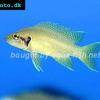 Neolamprologus
Neolamprologus 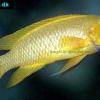 Lemon
Lemon 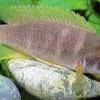 Mustax
Mustax 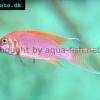 Daffodil
Daffodil 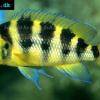 Six-bar
Six-bar 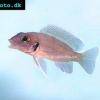 Five-bar
Five-bar 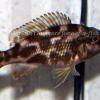 Marbled
Marbled 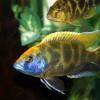 Giraffe
Giraffe 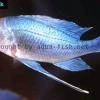 Blue
Blue 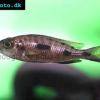 Sulphurhead
Sulphurhead 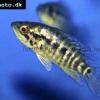 Wolf
Wolf 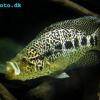 Jaguar
Jaguar 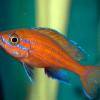 Blue
Blue 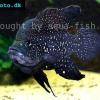 Marakeli
Marakeli 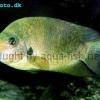 Madagascar
Madagascar 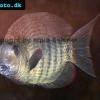 Pinstripe
Pinstripe 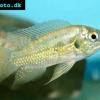 Pelmatochromis
Pelmatochromis 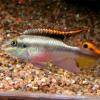 Kribensis
Kribensis 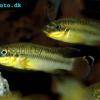 Striped
Striped 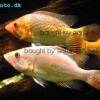 Red
Red 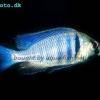 Deepwater
Deepwater 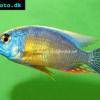 Fenestratus
Fenestratus 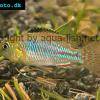 Nichols’
Nichols’ 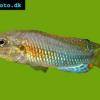 Southern
Southern 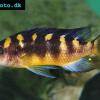 Bumble
Bumble 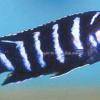 Demason’s
Demason’s 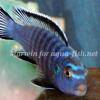 Slender
Slender 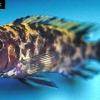 Red
Red 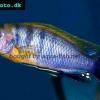 Mbuna
Mbuna 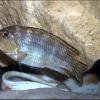 Malawi
Malawi 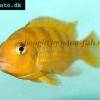 Kenyi
Kenyi 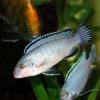 Powder
Powder 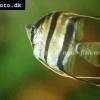 Altum
Altum 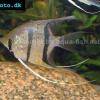 Angelfish
Angelfish 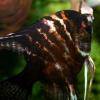 Angelfish
Angelfish 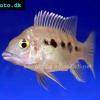 East
East 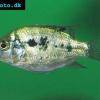 Juba
Juba 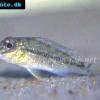 Earth
Earth 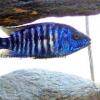 Electric
Electric 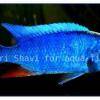 Azure
Azure  Lionhead
Lionhead 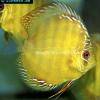 Discus
Discus 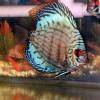 Blue
Blue 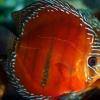 Red
Red 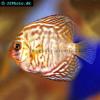 Zebra
Zebra 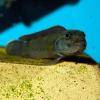 Brichard’s
Brichard’s 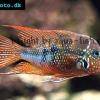 Blue
Blue 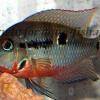 Firemouth
Firemouth 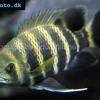 Zebra
Zebra 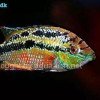 Yellow
Yellow 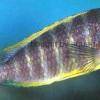 Blue
Blue 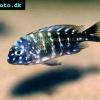 Dwarf
Dwarf  Blunthead
Blunthead 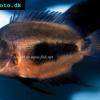 The
The 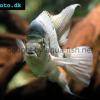 White
White 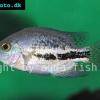 Twoband
Twoband 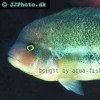 Fenestratus
Fenestratus 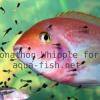 Window
Window 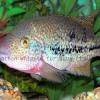 Tailbar
Tailbar 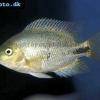 Black
Black 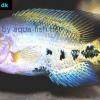 Redhead
Redhead 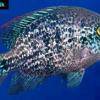 Oaxaca
Oaxaca 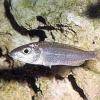 Xenotilapia
Xenotilapia